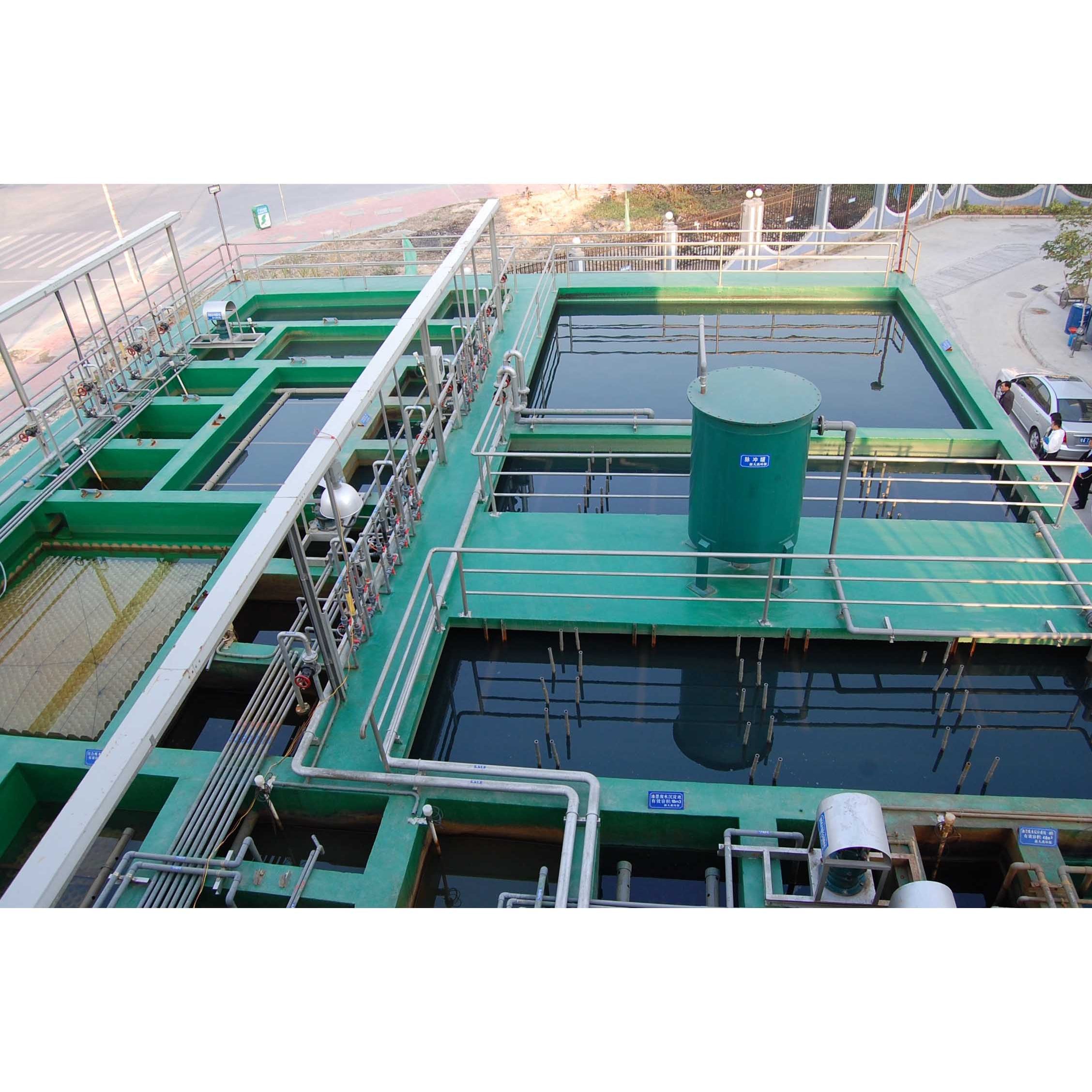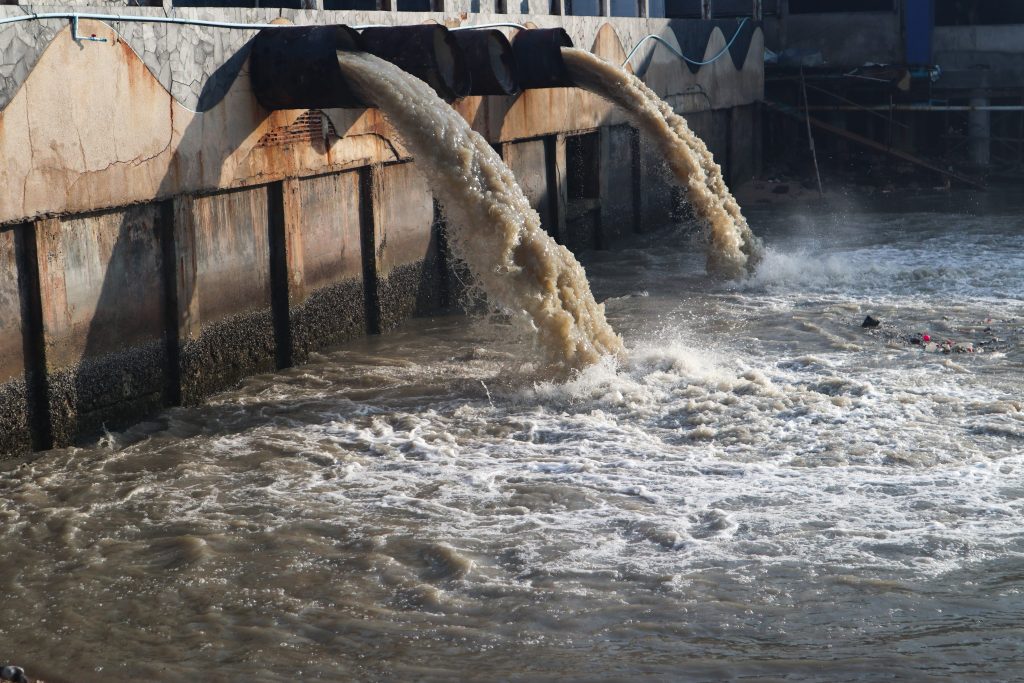Obstacles and Solutions in Industrial Waste Water Treatment
The therapy of commercial wastewater provides a complex array of difficulties, varying from rigorous regulative conformity to the ins and outs of expense management and technological restrictions. The variability in waste structure further complicates the effectiveness of typical therapy approaches, typically resulting in risen operational expenditures.
Regulatory Compliance Challenges
Just how can commercial centers browse the complicated landscape of regulatory compliance in wastewater therapy? The governing framework controling wastewater administration is complex, commonly varying by jurisdiction and sort of industry. Facilities has to abide by federal, state, and local guidelines that determine effluent quality standards, discharge limits, and surveillance needs. Failing to abide can cause extreme penalties, consisting of penalties and operational shutdowns.
To efficiently take care of these conformity obstacles, centers need to execute robust tracking and reporting systems that make certain real-time data collection and evaluation. Regular audits and threat evaluations can determine potential conformity voids, permitting aggressive changes in therapy procedures. Employee training programs concentrating on regulatory understanding and ideal practices are important to cultivate a culture of compliance within the organization.
In addition, engaging with regulatory agencies can offer useful insights and clarify ambiguous guidelines. Facilities might also profit from talking to ecological specialists that focus on wastewater therapy conformity, ensuring that they stay abreast of progressing laws. By embracing these methods, commercial centers can not only meet conformity demands however likewise enhance their operational efficiency and ecological stewardship.
Cost and Economic Obstacles
Navigating regulative compliance in wastewater treatment frequently presents significant financial challenges for industrial facilities. The expenses connected with carrying out required treatment innovations, preserving conformity with rigorous regulations, and taking care of operational expenditures can be daunting. Lots of organizations face high preliminary capital investment for the building or updating of wastewater therapy plants, which might strain budget plans, specifically for medium-sized and tiny enterprises.
Additionally, ongoing functional prices, including chemical, maintenance, and labor inputs, add to the economic concern. The changability of fluctuating power prices and the prospective demand for additional financial investments to satisfy progressing regulations intensify these financial stress. In many cases, the absence of economic motivations or assistance from government bodies makes it a lot more tough for services to justify investments in innovative therapy systems.
Furthermore, the financial stability of wastewater treatment options is frequently questioned, especially for industries with limited earnings margins. It is crucial for industrial centers to check out cost-efficient strategies, such as adopting ingenious financing alternatives, engaging in collaborations, and leveraging emerging innovations that can assist reduce these financial barriers while guaranteeing conformity with environmental criteria.

Technological Limitations
Numerous technical constraints prevent the performance of industrial wastewater treatment procedures. One substantial difficulty is the inadequacy of existing therapy innovations to address complex pollutants. Numerous traditional techniques, such as activated sludge and chemical rainfall, have problem with the elimination of emerging toxins, including pharmaceuticals and microplastics. This limitation usually results in the discharge of inadequately dealt with water, which can have harmful ecological influences.
Additionally, the scalability of therapy innovations positions an obstacle. While some innovative methods, like membrane layer filtration or advanced oxidation, reveal guarantee in controlled settings, their execution on a larger scale can be excessively costly and technically tough. Upkeep and functional complexities further make complex the fostering of these systems, specifically for smaller industries with restricted technological proficiency.
The combination of real-time surveillance modern technologies additionally remains insufficient in numerous treatment facilities. Check Out Your URL Without effective monitoring systems, drivers can not properly examine therapy performance or identify prospective failures, bring about inconsistent effluent top quality. Attending to these technological constraints with research study and advancement, together with investment in innovative options, is important for enhancing the effectiveness of commercial wastewater therapy and guaranteeing governing conformity.
Variability in Waste Composition
In the world of commercial wastewater treatment, the irregularity in waste composition offers a powerful challenge. Industries generate wastewater with varied characteristics, affected by aspects such as production processes, basic materials, and functional methods. This heterogeneity complicates the treatment procedure, as traditional systems typically have a hard time to efficiently deal with the large range of pollutants present.
For example, wastewater from food processing may consist of high levels of raw material, while effluents from chemical manufacturing might include hefty steels and hazardous compounds. This variance necessitates adaptable treatment strategies to ensure compliance with environmental laws and shield public health. Additionally, changes in waste composition can take place with time, influenced by adjustments in production routines, upkeep activities, or the introduction of brand-new products.

Innovative Treatment Solutions
Innovative therapy solutions are essential for attending to the complexities of commercial wastewater administration. Traditional techniques often drop short in properly eliminating a large array of impurities, especially in facilities with varied effluent streams. Current improvements concentrate find on incorporating cutting-edge innovations to enhance therapy performance and sustainability.
One promising strategy is using sophisticated oxidation procedures (AOPs), which take advantage of powerful oxidants to degrade organic pollutants. AOPs, including photocatalysis and ozonation, can significantly lower harmful substances and boost effluent quality. In addition, membrane layer bioreactor (MBR) modern technology has actually obtained grip, incorporating biological treatment with membrane layer filtration, leading to top notch effluent and reduced impact.
Another ingenious service is the execution of resource recovery systems. Techniques like anaerobic digestion not just treat wastewater yet also generate biogas, which can be taken advantage of as a renewable resource source. Additionally, the adoption of expert system and artificial intelligence models can optimize treatment procedures by predicting variants in wastewater composition, consequently boosting operational effectiveness.
These cutting-edge solutions not just address governing compliance but likewise advertise environmental sustainability, paving the means for a more reliable and resilient commercial ecological community.
Conclusion
In final thought, attending to the difficulties of industrial wastewater treatment requires a complex method that incorporates regulatory compliance, expense administration, and technological innovations. A dedication to constant enhancement in therapy methods will ultimately contribute to the reliable management of commercial wastewater and environmental security.
The treatment of industrial wastewater offers a multifaceted variety of challenges, varying from rigid regulatory conformity to the complexities of cost management and technical constraints. Industrial Waste Water Treatment.Browsing regulative compliance in wastewater therapy often provides significant economic difficulties for commercial centers. Resolving these technological constraints via research and development, alongside financial investment in innovative services, is essential for enhancing the efficacy of commercial wastewater therapy and ensuring governing conformity
Wastewater treatment centers must spend in robust tracking go to website systems and versatile treatment innovations qualified of suiting varying influent characteristics.In verdict, attending to the obstacles of commercial wastewater therapy requires a multifaceted technique that integrates regulatory compliance, expense management, and technological advancements.